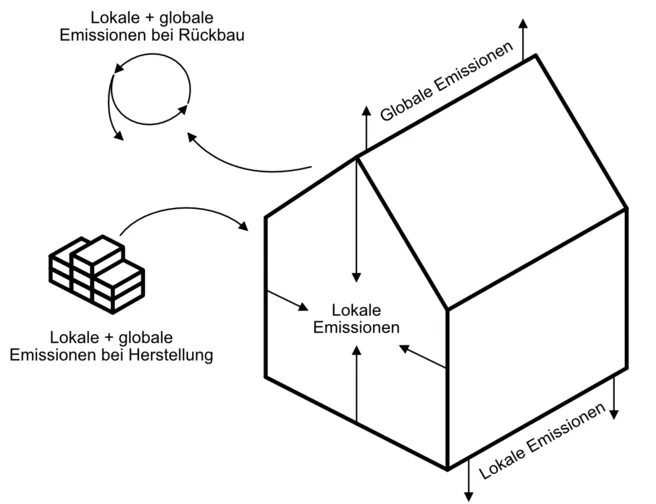UV-based advanced oxidation processes (AOPs) have been widely explored to remove organic contaminants from water streams. In this lab-scale study, the removal of 17 trace organic chemicals (TOrCs) by UV/H2O2, UV/PDS and UV/Chlorine was investigated at equimolar radical promoter concentrations in municipal wastewater. Direct comparison of the UV-AOPs was conducted with eight TOrCs being resistant to direct oxidation by H2O2, PDS and chlorine and revealed a general oxidation performance following the order of UV/Chlorine > UV/H2O2 ≈ UV/PDS while UV/PDS and UV/Chlorine exhibited higher compound selectivity than UV/H2O2. However, although oxidation performance of UV/Chlorine is outstanding in comparison of the three UV-AOPs, it has to be noted that oxidation by-product (OBP) formation potential might be substantially higher during both UV/PDS and UV/Chlorine compared to UV/H2O2 which was not investigated in this study. Evaluating potential optical surrogates to predict trace organic chemical (TOrCs) removal in UV-AOPs, nine parameters were selected representing chromophore and fluorophore features of DOM including components derived by parallel factor analysis (PARAFAC) of excitation-emission matrices. UV absorbance (UVA), total fluorescence (TF) and the selected fluorescence peak P_IV revealed highest linear correlation coefficients and were therefore identified as surrogates representing underlying mechanistic reactions of each UV-AOP. As none of the surrogates directly reacted with UV irradiation, slopes of surrogate-indicator correlations for photo-susceptible TOrCs decreased towards higher oxidant dosages. Correlations for these compounds should therefore only be determined for a limited range of oxidant dosage.

